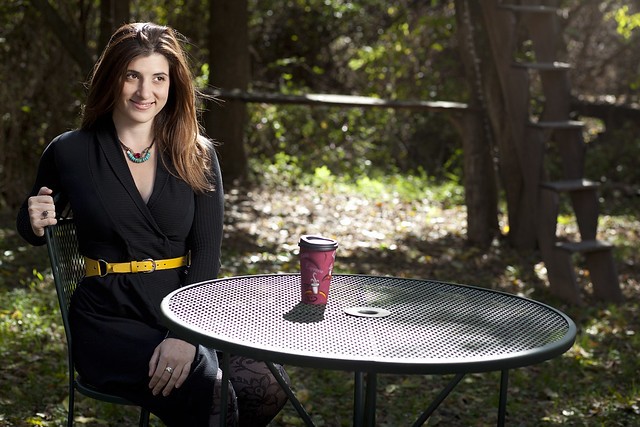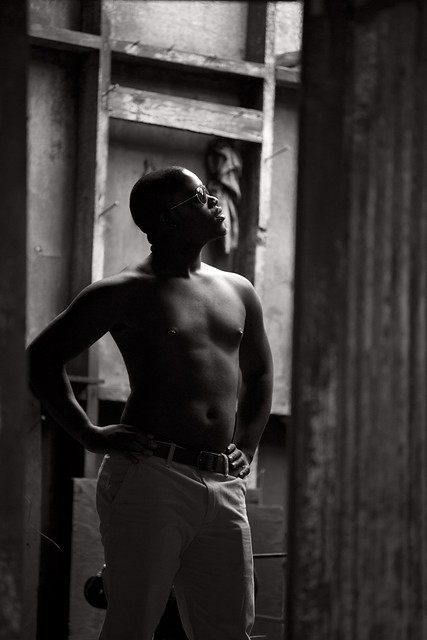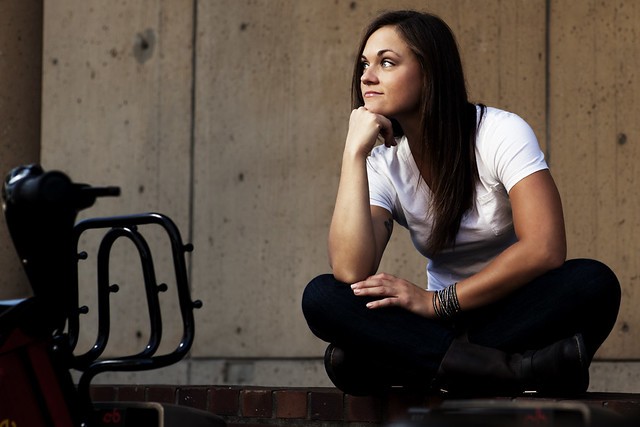I knew someone was going to bring up the "only one kind of light" comment. C'mon, man. It's easier to distinguish daylight as "natural" versus light coming from an electric/ battery powered device as "artificial".
Expanding on what Buckster said: Natural light is generally considered light that naturally occurs in nature. Artificial light is generally considered light emitting from man made devices such as light bulbs and flashes.
Saying that there is only one type of light means that the light that is emitted from the sun is the same particles that are emitted from a flash. Going out side and shooting a portrait during a cloudy day with nothing but the sun as illumination can get you the exact same look as going outside and shooting on a cloudless day with a giant sheet to diffuse the sun or a powerful enough light to overpower the sun slightly and with a giant diffuser like a soft box, sheet, umbrella, etc...
Electing to shoot only with sunlight coming through a window limits your photography to certain times of the day which are shorter certain times of the year which is totally dependent on mother nature to provide you with enough light for a proper exposure or clouds so that not all your lighting is hard. If I wanted to emulate a sunny day or a cloudy day with my lights and modifiers, I can. It's more expensive of course and it takes the commitment to learn what you're doing, but it allows you to deliver a much more consistent product to your clients and doesn't stop you from scheduling do to "inclement weather". Besides, a good photographer can make artificial lighting look so much like natural lighting that it's completely indistinguishable. The only benefit I could see as billing yourself as a natural light photographer is for marketing purposes to clients who generally don't know better.
Can anyone tell which of these three were shot with a flash?
1.
2.
3.












![[No title]](/data/xfmg/thumbnail/34/34064-66d345cd6eebe4b9f97597e03008d3b7.jpg?1734164485)

![[No title]](/data/xfmg/thumbnail/32/32163-b5a5e5cde131a9d14df7f164ab9cb8ab.jpg?1734161046)
![[No title]](/data/xfmg/thumbnail/34/34140-74799834a513b0cbf28dfda9aeae291b.jpg?1734164703)
